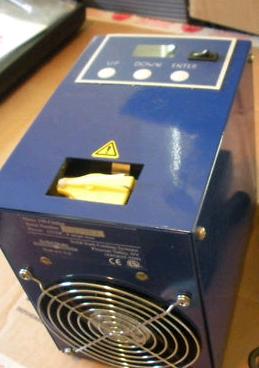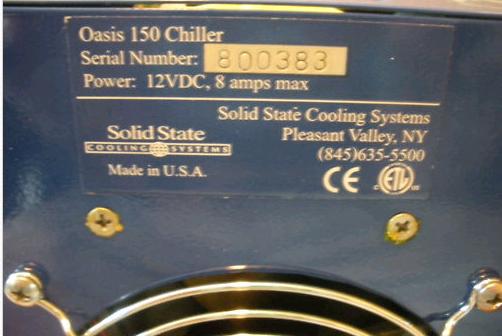CSI - CandiSyrup
Well-Known Member
The repeating issues that may need to be addressed:
1. "Thread is too long and too time consuming to read...I just want to brew this thing without reading a book"
2. "I read half way through and brewed what I thought was the best advice, then I found out that I under-pitched"
3. "There are like 9 different variations of the recipe. Which one is the closest clone to an actual Westvleteren 12?"
4. "Is this thread supposed to be just a great Belgian quad or are we looking to create as close to a Belgian Westy as possible? I'm confused on this."
5. "Can we focus in on brewing the best possible clone first, get that nailed down, then branch off to variations? We can always go back to the reference recipe."
6. "Why is there a kitchen sink recipe with a gob of malts and then one that looks closer to the BLAM spec? Aren't we brewing a Westvleteren 12 clone? One is a clone and one isn't."
7." So why are your guys throwing into the mix a barrel aged version when you know it isn't in the tradition of St. Sixtus? Not to offend anyone but isn't this moving away from the clone idea?"
I agree with every one of these comments. They're focusing us back to a pure clone.
Getting back to a pure clone is a good fix as a baseline of what's been learned over the past 4.5 years. Moving it to a new thread is looking more and more like a remedy. On a new thread anyone reading the first post can find the best clone recipe for the Westvleteren 12 clone at the beginning, then the science of brewing quads properly, then move on to lots of great innovative variations....creativity unimpaired . It may also free us up from a lot of the repeating questions we see as new posters enter the board. Just a thought.
. It may also free us up from a lot of the repeating questions we see as new posters enter the board. Just a thought.
1. "Thread is too long and too time consuming to read...I just want to brew this thing without reading a book"
2. "I read half way through and brewed what I thought was the best advice, then I found out that I under-pitched"
3. "There are like 9 different variations of the recipe. Which one is the closest clone to an actual Westvleteren 12?"
4. "Is this thread supposed to be just a great Belgian quad or are we looking to create as close to a Belgian Westy as possible? I'm confused on this."
5. "Can we focus in on brewing the best possible clone first, get that nailed down, then branch off to variations? We can always go back to the reference recipe."
6. "Why is there a kitchen sink recipe with a gob of malts and then one that looks closer to the BLAM spec? Aren't we brewing a Westvleteren 12 clone? One is a clone and one isn't."
7." So why are your guys throwing into the mix a barrel aged version when you know it isn't in the tradition of St. Sixtus? Not to offend anyone but isn't this moving away from the clone idea?"
I agree with every one of these comments. They're focusing us back to a pure clone.
Getting back to a pure clone is a good fix as a baseline of what's been learned over the past 4.5 years. Moving it to a new thread is looking more and more like a remedy. On a new thread anyone reading the first post can find the best clone recipe for the Westvleteren 12 clone at the beginning, then the science of brewing quads properly, then move on to lots of great innovative variations....creativity unimpaired










































![Craft A Brew - Safale S-04 Dry Yeast - Fermentis - English Ale Dry Yeast - For English and American Ales and Hard Apple Ciders - Ingredients for Home Brewing - Beer Making Supplies - [1 Pack]](https://m.media-amazon.com/images/I/41fVGNh6JfL._SL500_.jpg)





 - is that normal?
- is that normal? 